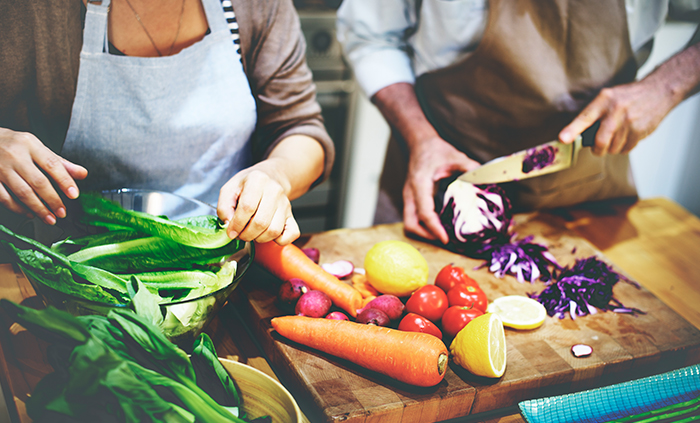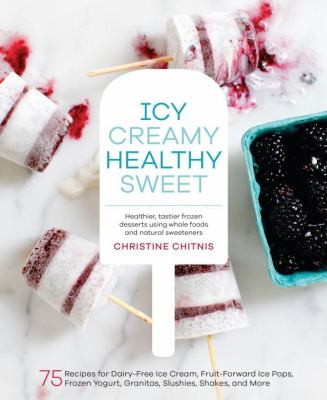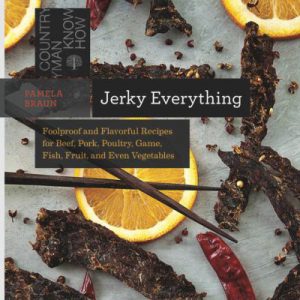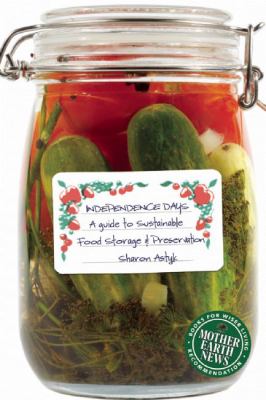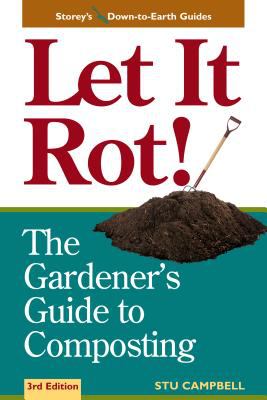Overabundance: What to do when the produce is piling up
Posted on September 7, 2017 at 6:00 am
By Susan Goertz
This spring, I bought a house with a lovely little backyard. At the time, it was pretty hard to tell what was growing back there—just what looked like lots of promising looking twigs and buds. As spring warmed into summer, my vegetative bounty slowly revealed itself. Every new discovery was a delight (cherry trees! a butterfly bush!), until I realized the rapidly accumulating abundance of produce. The blossoms that showered down on my lawn this spring were lovely, but I wondered how I would deal with probably around 50 pounds of apples coming in this fall. And then I noticed the plum tree. My new house was going to be up to the rafters in pits and seeds at this rate!
Luckily the Spokane County Library District has endless ideas to help me tame my yard, produce and all. As fellow blogger Gwendolyn suggested in her recent blog on produce swaps, I started hunting for ideas in the cookbook section at the library. If I can’t eat it all, at least I can drool over the pictures.
And when it comes to preserving produce, I want all the food safety tips I can get. No thank you, food poisoning! If you can’t make it to the Food Preservation classes at Fairfield Library this fall, then you’ll want to check out these great titles from the catalog.
The Ultimate Dehydrator Cookbook by Tammy Gangloff has some very tasty ideas. Although I don’t have a dehydrator, Gangloff has a great guide to help me select the perfect one. She also has a chapter devoted to recipes for campers and hikers. I’m all over that for next year! When I start thinking about hiking in those hot, summer months, my sweet tooth tends to kick into high gear. Icy Creamy Healthy Sweet by Christine Chitnis has it all—dairy-free and low-sugar recipes to use up excess produce that are tasty all year round.
A few other cookbooks I’ll be pouring over as the harvest rolls in include Put ’Em Up! Fruit by Sherri Brooks Vinton (homemade maraschino cherries, here I come!), Salt Sugar Smoke: How to Preserve Fruit, Vegetables, Meat and Fish by Diana Henry, Not Your Mama’s Canning Book: Modern Canned Goods and What to Make with Them by Rebecca Lindamood, and Jerky Everything: Foolproof and Flavorful Recipes for beef, pork, poultry, game, fish, fruit, and Even Vegetables by Pamela Braun. I’ve already made several recipes from Fruit Infused Water: 98 Delicious Recipes for Your Fruit Infuser Water Pitcher by Susan Marque, and they have been so easy. I’m living on the honeydew-orange-basil water right now, and the ginger water saved me from an upset tummy while I was road tripping.
Many of the preservation techniques I’m reading about are a bit intimidating. Sharon Astyk’s Independence Days: A Guide to Sustainable Food Storage and Preservation has tips for food preservation without the need for much equipment or experience. She does a great job of explaining preservation techniques simply—everything from canning and fermenting to building a root cellar. Even better, she has tips on what not to do. She inspired me to attempt dehydrating in my backyard (or maybe my car).
As my produce piles up, so does the waste in my little yard. It is amazing how much space fallen fruit and melon rinds can take up in the green garbage or waste bin. My garden, while lovely, has less than luscious soil. I decided it was time to kill two birds with one stone, so I’ve made an attempt at a compost bin (or two actually). I looked at some pricey possibilities online, and then I ran to the library for some low-cost options. After all, this is really just grown-up mud pies.
I began with both Let it rot!: The Gardener’s Guide to Composting by Stu Campbell, which is a wonderful, classic introduction to composting, and The Compost Specialist: The Essential Guide to Creating and Using Garden Compost, and Using Potting and Seed Composts by David Squire, which has tons of illustrations. The page with the heading “Compost bins for nothing” really spoke to me. My two little bins have been in action for eight weeks now, and I’m amazed how much compost I’m already producing. And if you have any young helpers who you would like to introduce to the composting process, I recommend Compost Stew: An A to Z Recipe for the Earth written by Mary McKenna Siddals and illustrated by Ashley Wolff.
I’m still not brave enough to add things like egg shells and coffee grounds to my compost because I have a sneaking suspicion my dog or some other adventurous animal would decide those little gems were worth the dig. And you guessed it! The library already found a solution for me: vermiculture (composting with worms). The Worm Book for Beginners by Frank Randall is a great starter guide. I can add a lot more kitchen scraps knowing that the worms will make quick work of them. And now I can compost through the winter. The only downside I can see to all that rich soil I’ll be producing is an even more abundant crop next year!
Tags: bounty, compost, composting, cookbooks, dehydrating, dehydrating produce, food preservation, garden, gardening, harvest, jerky, pickling, produce, recipe books, recipes, urban farming, vermicompost, vermiculture composting

